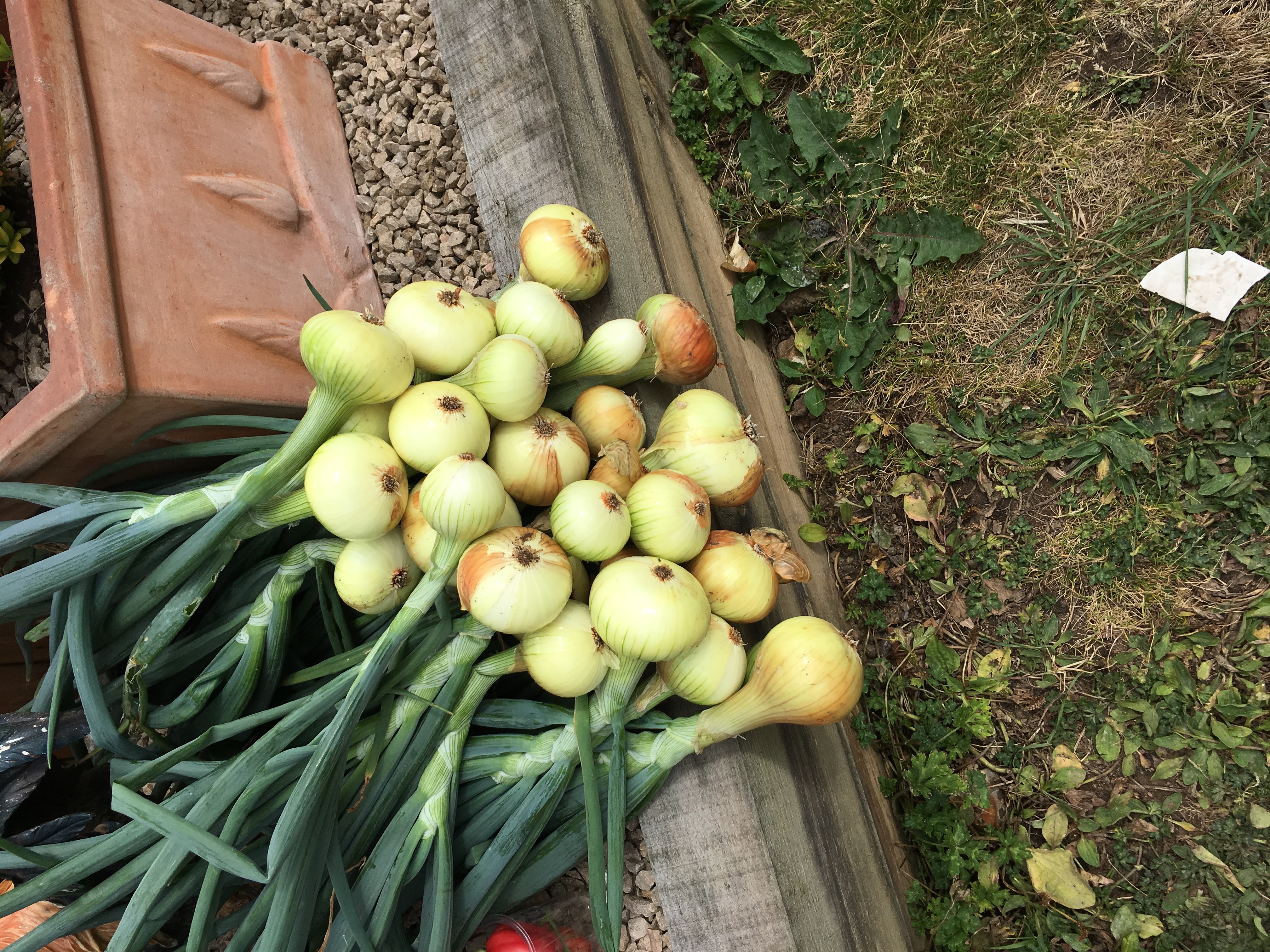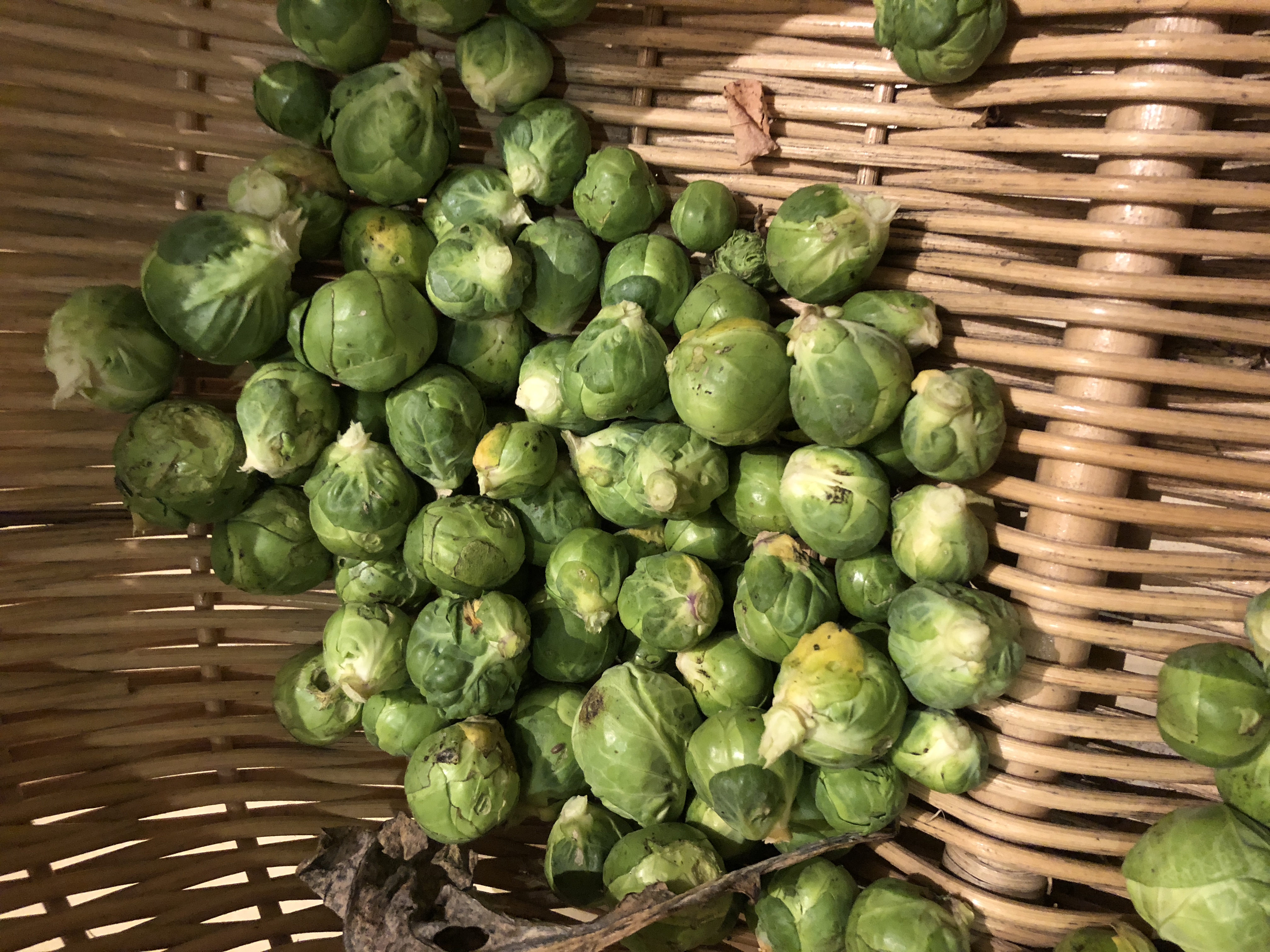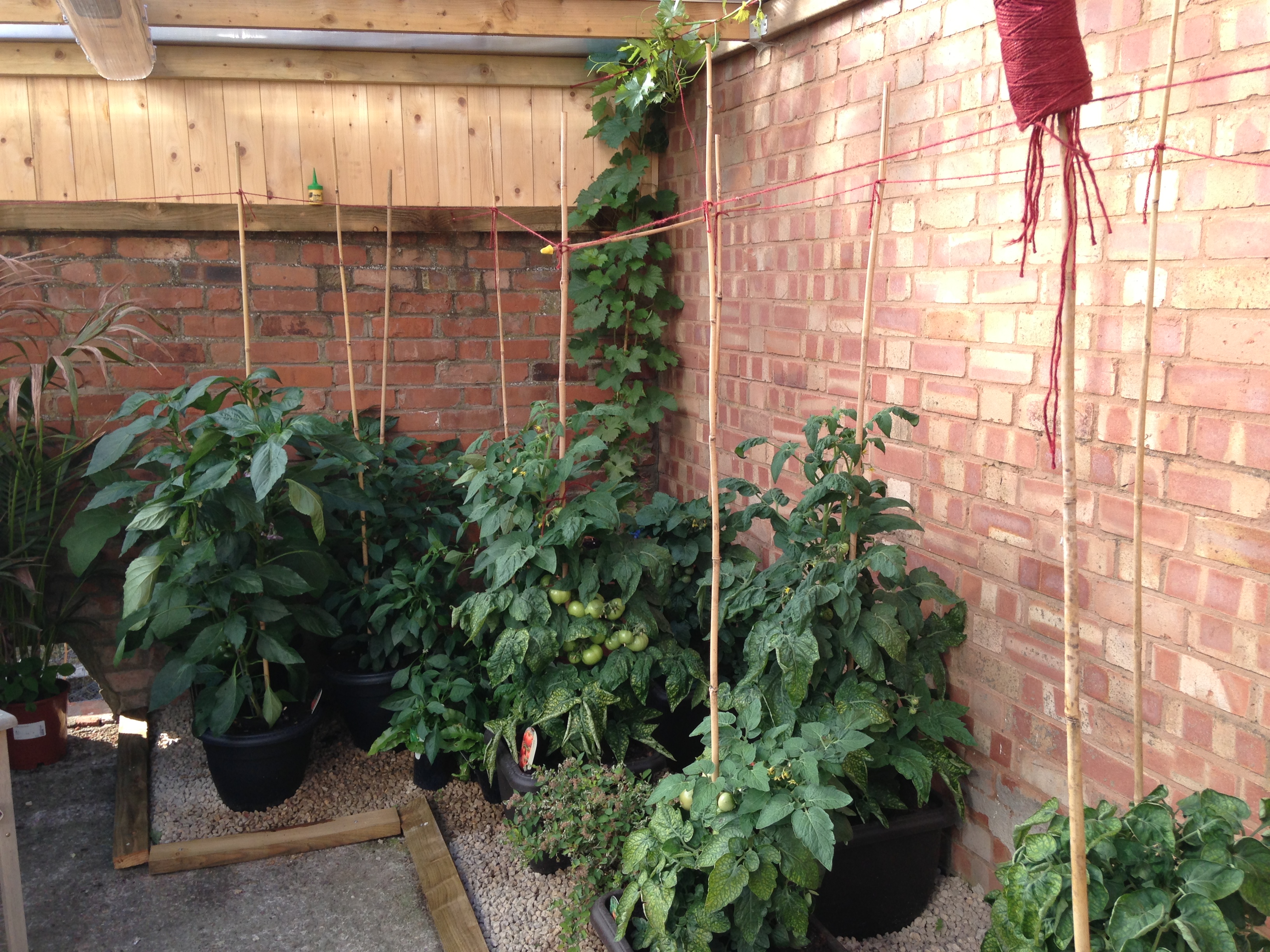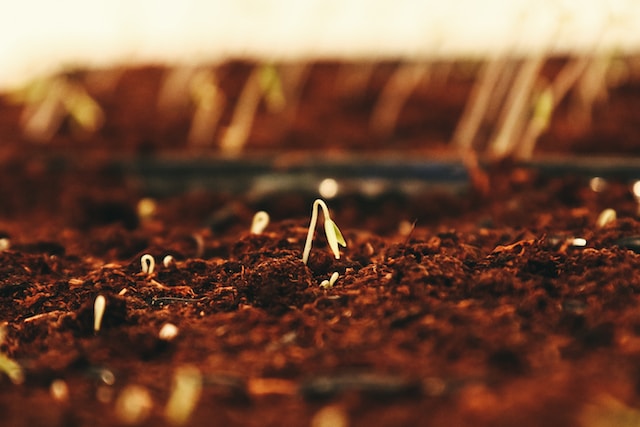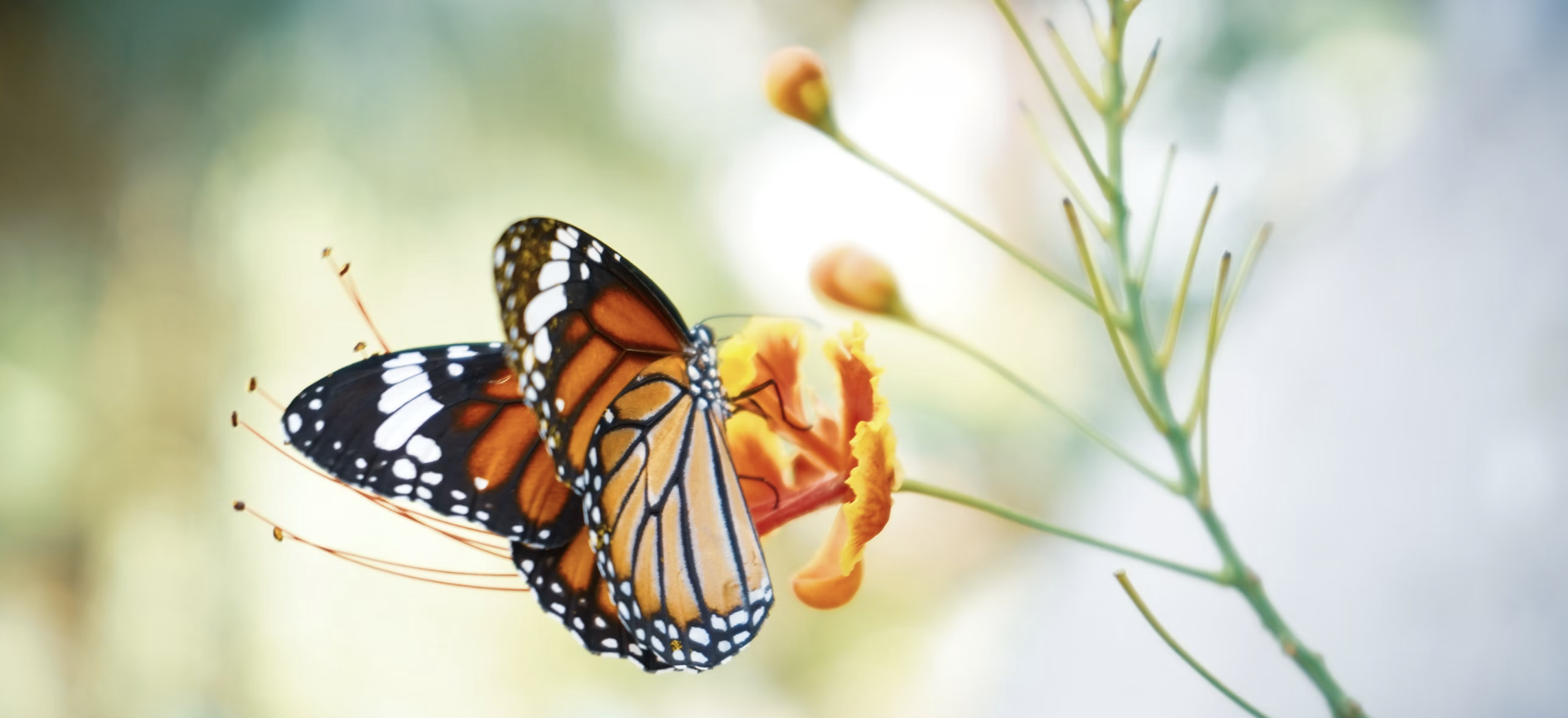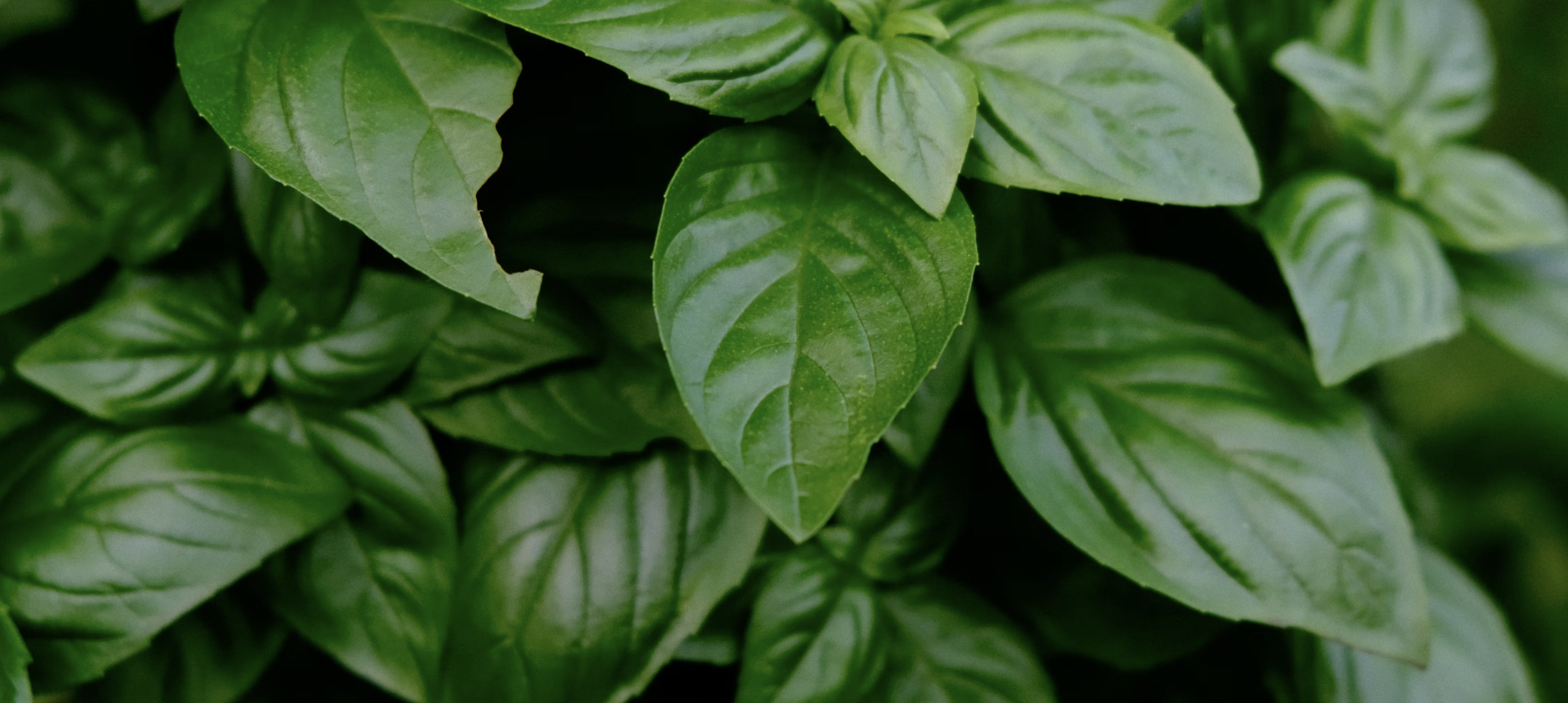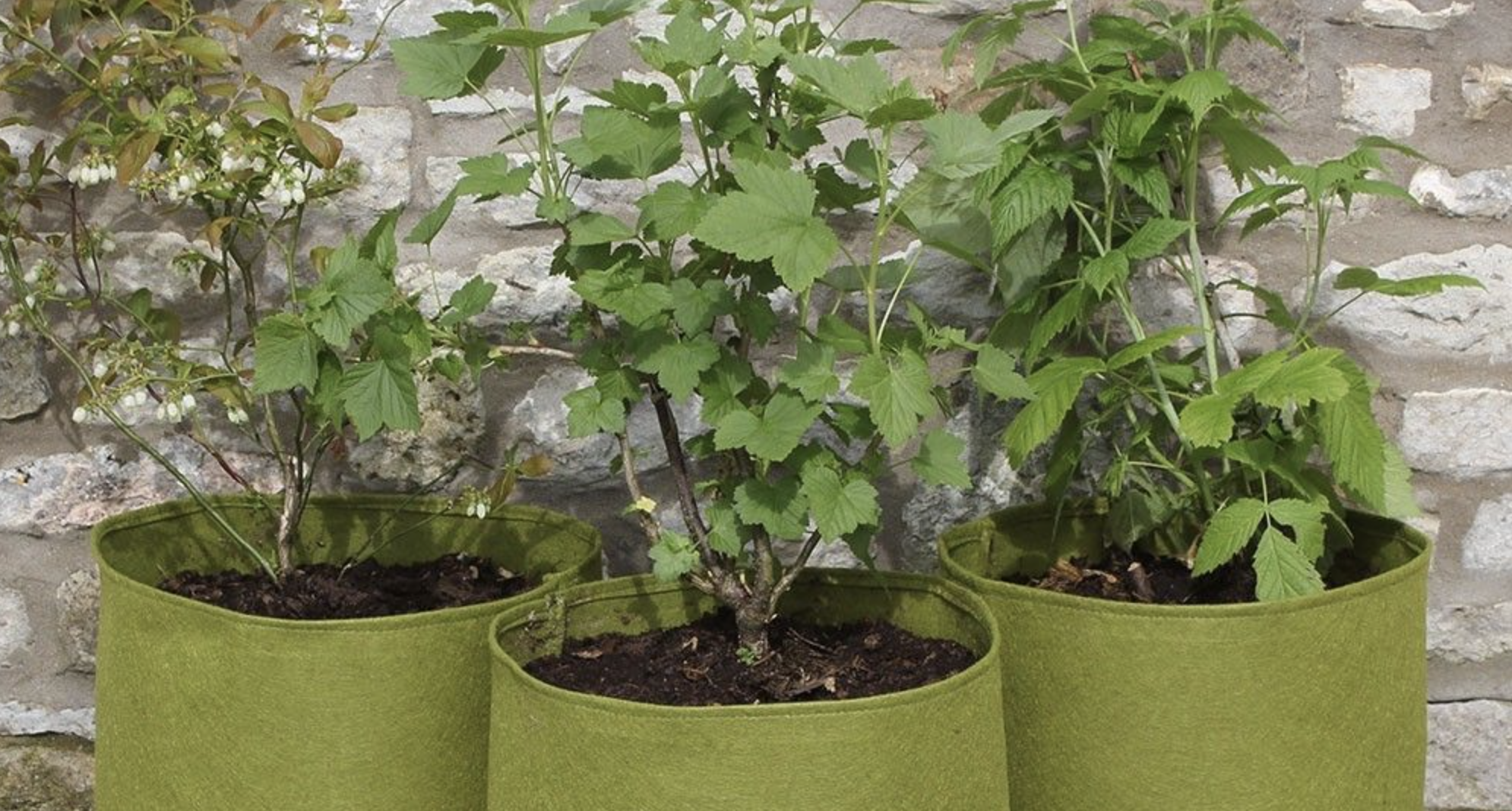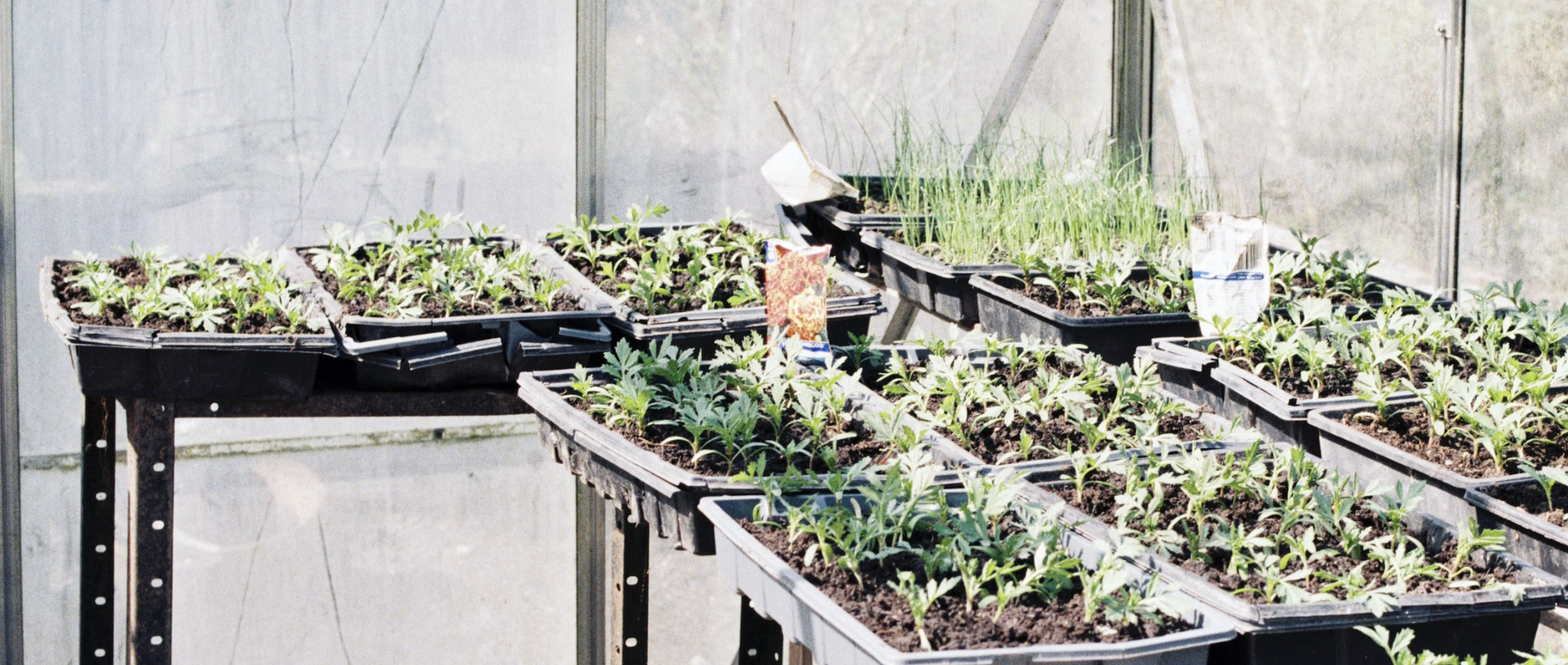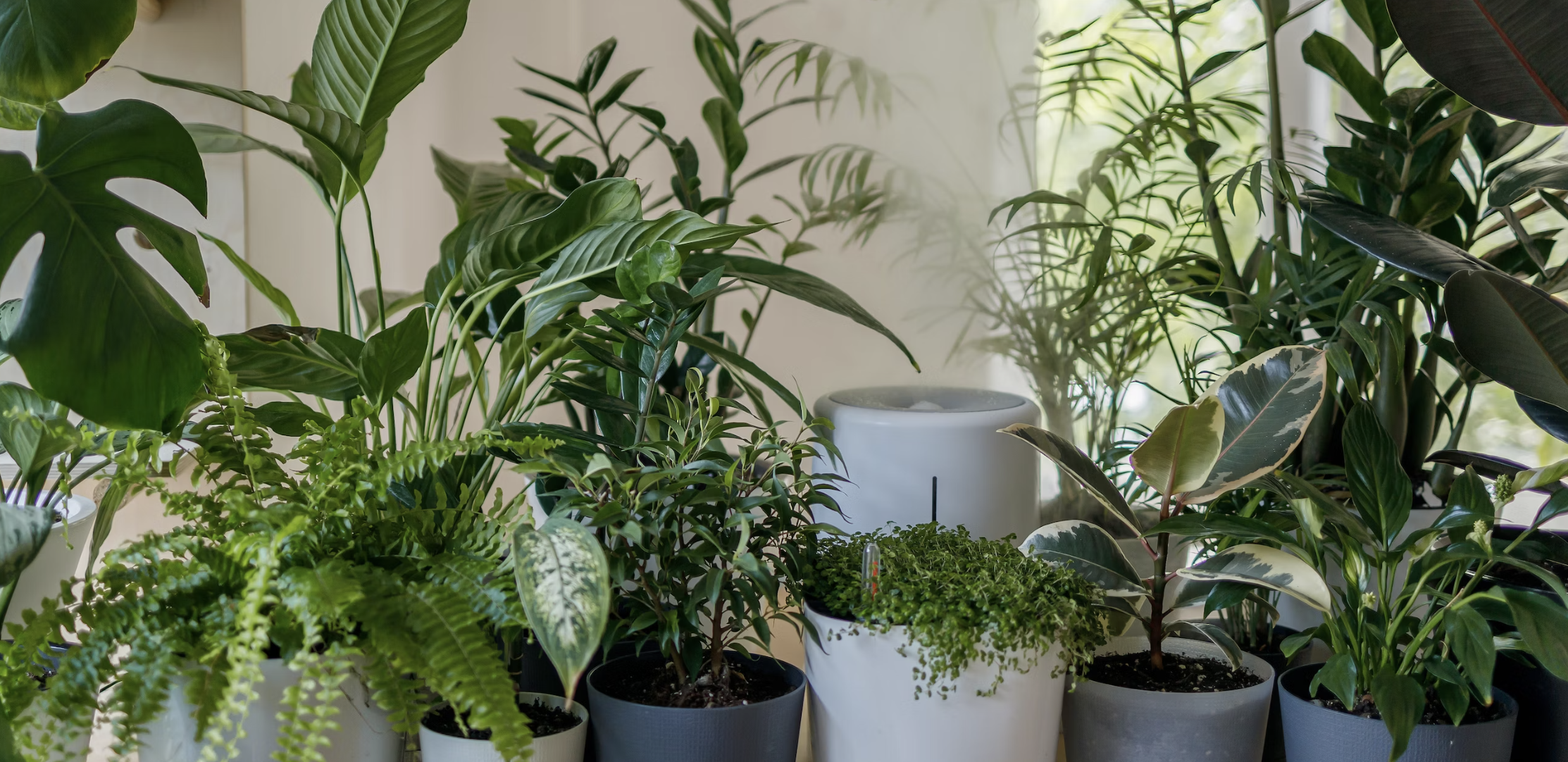
Are you craving fresh flavors in your cooking? Want to add a touch of culinary delight to your dishes? Look no further than growing your own herb garden in a planter. It's a simple and accessible way to bring the taste and aroma of fresh herbs right to your kitchen.
Imagine snipping a sprig of basil or rosemary, straight from your very own planter, and adding it to your favorite pasta sauce or roasted chicken. The vibrant green leaves and fragrant scent will elevate your dishes to a whole new level.
Not only do herb gardens in planters provide you with fresh ingredients, but they also offer a range of additional benefits. They are perfect for small spaces, such as balconies or windowsills, where traditional gardens may not be feasible. They require minimal maintenance and can be easily moved around to catch the perfect amount of sunlight. Plus, growing your own herbs in a planter can help you save money, as you won't need to constantly buy expensive store-bought herbs that often spoil quickly.
Discover the joys of growing your own herb garden in a planter and unlock a world of flavor and convenience right at your fingertips.
Benefits of growing your own herb garden
Having your own herb garden in a planter comes with a multitude of benefits. Let's explore some of the advantages that make it a worthwhile endeavor.
1. Fresh and Flavorful Ingredients
When you grow your own herbs in a planter, you have access to the freshest and most flavorful ingredients possible. The herbs are just a few steps away from your kitchen, allowing you to quickly add them to your dishes. The taste and aroma of fresh herbs can elevate even the simplest meals, making them more enjoyable and satisfying.
2. Convenient and Accessible
One of the major benefits of growing herbs in a planter is the convenience and accessibility it offers. Traditional gardens require a large space and can be intimidating for beginners. With a planter, you can start small and have your herb garden right on your balcony, patio, or windowsill. This makes it easy to tend to your plants and harvest fresh herbs whenever you need them.
3. Cost-Effective
Store-bought herbs can be expensive, and they often come in larger quantities than you need, leading to waste. By growing your own herbs in a planter, you can save money in the long run. You only harvest what you need, ensuring that nothing goes to waste. Plus, the initial investment in a planter and herb seeds is minimal compared to the ongoing cost of buying herbs from the store.
4. Health Benefits
Herbs are not only delicious but also packed with essential nutrients and health benefits. By growing your own herb garden, you have control over the quality of the herbs you consume. You can avoid pesticides and other harmful chemicals often found in store-bought herbs. Additionally, gardening itself has been shown to have therapeutic effects, reducing stress and promoting overall well-being.
5. Educational and Rewarding
Growing your own herb garden is an educational and rewarding experience. It allows you to connect with nature, learn about plant growth and care, and develop a new skill. Watching your herbs flourish and being able to use them in your cooking gives a sense of satisfaction and accomplishment. It's a great activity for both adults and children to learn about the wonders of nature and the importance of sustainable living.
Types of herbs that can be grown in a planter
When it comes to choosing which herbs to grow in your planter, the options are vast. Here are some popular herbs that thrive in a planter environment:
1. Basil
Basil is a versatile herb with a distinctive aroma and flavor. It pairs well with a variety of dishes, including pasta, salads, and sauces. It prefers warm temperatures and plenty of sunlight, making it an excellent choice for a planter garden.
2. Rosemary
Rosemary is a woody herb with a strong aroma and flavor. It is commonly used in Mediterranean cuisine, especially with roasted meats and vegetables. Rosemary prefers well-draining soil and can tolerate drought, making it suitable for a planter environment.
3. Mint
Mint is a refreshing herb that adds a burst of flavor to drinks, salads, and desserts. It grows vigorously and can easily take over a garden if not contained in a planter. Choose a larger planter for mint and enjoy its fresh taste all year round.
4. Thyme
Thyme is a fragrant herb with a slightly earthy and lemony flavor. It is a popular choice for seasoning meats, soups, and stews. Thyme thrives in well-draining soil and requires moderate sunlight, making it well-suited for a planter garden.
5. Parsley
Parsley is a versatile herb that adds a fresh and vibrant touch to dishes. It is commonly used as a garnish but can also be incorporated into sauces, soups, and salads. Parsley prefers moist soil and can be grown in a planter all year round.
These are just a few examples, and there are countless other herbs that can be grown in a planter. Choose herbs that you enjoy using in your cooking and experiment with different flavors to create a diverse herb garden.
Choosing the right planter for your herb garden
When it comes to selecting a planter for your herb garden, there are a few factors to consider. The right planter can provide optimal growing conditions and enhance the overall aesthetics of your herb garden.
1. Size and Depth
The size and depth of the planter are crucial for the growth and development of your herbs. They need enough space for their roots to spread and access water and nutrients. Consider the mature size of the herbs you plan to grow and choose a planter that can accommodate their growth. A depth of at least 6 inches is recommended for most herbs.
2. Material
Planters come in various materials, each with its own advantages and considerations. Here are a few common options:
- Terracotta: Terracotta planters are porous, allowing for better airflow and drainage. They are aesthetically pleasing and provide a natural look. However, they can dry out quickly and may require more frequent watering.
- Plastic: Plastic planters are lightweight, affordable, and come in a variety of sizes and colors. They retain moisture well and are easy to clean. However, they may not provide as much breathability for the roots as terracotta or ceramic planters.
- Ceramic: Ceramic planters are durable and come in a range of decorative styles. They retain moisture better than terracotta and provide good insulation for the roots. However, they can be heavy and may require additional drainage holes.
Consider your personal preferences, the overall style of your space, and the specific needs of your herbs when choosing the material for your planter.
3. Drainage
Proper drainage is essential for the health of your herbs. Without adequate drainage, the roots can become waterlogged, leading to root rot and other issues. Look for planters with drainage holes or consider adding a layer of gravel or pebbles at the bottom to facilitate drainage.
4. Mobility
If you have limited sunlight in your space, consider choosing a planter with wheels or one that is lightweight and easy to move. This allows you to position your herbs where they can receive the optimal amount of sunlight throughout the day.
By considering these factors, you can choose a planter that suits your needs and provides the best growing conditions for your herb garden.
Steps to start your herb garden in a planter
Starting your own herb garden in a planter is a straightforward process. Follow these steps to get started:
1. Choose the Right Location
Select a location for your planter that receives adequate sunlight for the herbs you plan to grow. Most herbs require at least 6 hours of direct sunlight each day. Consider the microclimate of your space, such as the amount of shade or wind it receives. Avoid placing the planter in areas with extreme temperature fluctuations or strong winds.
2. Prepare the Planter
Ensure your planter has proper drainage holes or add them if necessary. Place a layer of gravel or small stones at the bottom of the planter to improve drainage. Fill the planter with high-quality potting mix, leaving enough space for the roots of your herbs.
3. Plant the Herbs
Gently remove the herbs from their nursery pots, being careful not to damage the roots. Dig a small hole in the potting mix and place the herb into it, ensuring the top of the root ball is level with the surface. Fill in the sides with potting mix and lightly press down to secure the herb in place. Repeat this process for each herb you wish to plant.
4. Water and Mulch
After planting, thoroughly water the herbs until the water drains out of the bottom of the planter. This ensures the potting mix is evenly moist. Apply a layer of mulch, such as straw or wood chips, around the base of the herbs to help retain moisture and suppress weed growth.
5. Care and Maintenance
Regularly monitor the moisture level of the potting mix and water when it feels dry to the touch. Avoid overwatering, as it can lead to root rot. Fertilize your herbs with a balanced organic fertilizer according to the manufacturer's instructions. Prune the herbs regularly to encourage bushier growth and prevent them from becoming leggy.
By following these steps, you can set up a thriving herb garden in a planter and enjoy fresh herbs throughout the year.
Tips for maintaining and caring for your herb garden
To ensure the success of your herb garden in a planter, here are some tips for maintaining and caring for your herbs:
1. Watering
Most herbs prefer consistently moist soil, but they don't like to sit in waterlogged conditions. Water your herbs when the top inch of soil feels dry. Ensure proper drainage by checking that the excess water can freely flow out of the planter.
2. Sunlight
Place your herb garden in a location that receives adequate sunlight for the specific herbs you are growing. Most herbs require at least 6 hours of direct sunlight per day. Monitor the sunlight patterns in your space and adjust the position of the planter accordingly.
3. Pruning
Regular pruning helps to keep your herbs bushy, healthy, and productive. Pinch off the tips of the herbs to encourage branching and prevent them from becoming leggy. Harvesting the herbs regularly also promotes new growth.
4. Pest Control
Monitor your herbs for common pests such as aphids, spider mites, or snails. If you notice any pests, remove them by hand or use organic pest control methods. Regularly inspect the leaves and stems for any signs of damage or disease.
5. Fertilizing
Herbs in planters can benefit from occasional fertilization to ensure they receive the necessary nutrients for healthy growth. Use a balanced organic fertilizer or compost according to the manufacturer's instructions. Avoid over-fertilizing, as it can lead to excessive leaf growth and reduced flavor.
By implementing these maintenance tips, you can keep your herb garden thriving and enjoy a continuous supply of fresh herbs.
Harvesting and using herbs from your planter garden
Harvesting herbs from your planter garden is a rewarding experience. Here are some guidelines for harvesting and using your herbs:
1. Timing
Most herbs can be harvested once they have reached a certain size and have developed enough foliage. Avoid harvesting more than one-third of the plant at a time to ensure continued growth and vitality. Harvest in the morning when the essential oils in the herbs are at their peak.
2. Cutting
Use clean and sharp scissors or pruning shears to cut the herbs. Snip the stems just above a set of leaves or node to encourage branching and new growth. Avoid cutting into the woody parts of the herbs, as they may not regenerate as quickly.
3. Storing
Freshly harvested herbs can be used immediately or stored for future use. To store, gently wash the herbs and pat them dry with a paper towel. Wrap them in a damp paper towel and place them in a plastic bag or airtight container in the refrigerator. Some herbs, such as basil, can also be stored in a glass of water on the countertop.
4. Using
Fresh herbs can be used in a variety of culinary creations. Add them to soups, stews, salads, marinades, sauces, or simply use them as garnishes. Experiment with different combinations of herbs to enhance the flavors of your favorite dishes.
Creative ways to use herbs from your planter garden
Herbs from your planter garden can be used in various creative ways beyond traditional culinary uses. Here are some ideas to explore:
1. Infused Oils and Vinegars
Create your own infused oils and vinegars using herbs from your garden. Place fresh herbs in a bottle and cover them with a high-quality oil or vinegar. Let the flavors infuse for a few weeks, then strain the herbs and use the infused oil or vinegar in dressings, marinades, or as a flavorful dip.
2. Herbal Teas
Many herbs, such as mint, chamomile, or lemon balm, make delicious herbal teas. Harvest a handful of fresh herb leaves, rinse them, and steep them in hot water for a few minutes. Strain and enjoy a soothing and aromatic cup of herbal tea.
3. Herb-Infused Honey
Infuse honey with the flavors of your favorite herbs. Place fresh herb sprigs in a jar and cover them with honey. Let the mixture sit for a few weeks, then strain out the herbs. The herb-infused honey can be drizzled over desserts, added to hot beverages, or used as a unique ingredient in recipes.
4. Herb-Infused Ice Cubes
Add a burst of flavor to your beverages by freezing herbs in ice cubes. Place fresh herb leaves or small sprigs in an ice cube tray and fill it with water. Freeze until solid, then use the herb-infused ice cubes in your favorite drinks, such as lemonades, iced teas, or cocktails.
These are just a few creative ways to use the herbs from your planter garden. Let your culinary creativity flow and explore new flavors and combinations.
## Frequently Asked Questions
Conclusion and final thoughts
Enhance Your Culinary Creations
When you have a herb garden in a planter, you have a constant supply of fresh herbs to enhance your culinary creations. Whether you're cooking a simple weeknight meal or hosting a dinner party, having access to a variety of herbs will take your dishes to the next level.
One creative way to use herbs from your planter garden is by making herb-infused oils and vinegars. Simply fill a glass bottle with your favorite herbs, such as basil, thyme, or oregano, and cover them with high-quality olive oil or vinegar. Let the flavors infuse for a few weeks, and then use the infused oil or vinegar in salad dressings, marinades, or drizzled over roasted vegetables.
Another idea is to create herb butter. Soften unsalted butter and mix in finely chopped herbs like parsley, chives, and tarragon. Roll the mixture into a log using parchment paper and refrigerate until firm. Slice a pat of herb butter and place it on top of a grilled steak or a warm piece of crusty bread for an extra burst of flavor.
The possibilities are endless when it comes to using herbs from your planter garden. Experiment with different combinations and let your creativity run wild.
DIY Herbal Tea Blends
Did you know that you can create your own herbal tea blends using herbs from your planter garden? It's a wonderful way to enjoy the natural flavors and therapeutic benefits of herbs.
One popular herbal tea blend is chamomile and lavender. Both herbs have calming properties and can help promote relaxation and better sleep. Simply dry the chamomile flowers and lavender buds, and then mix them together in a jar. When you're ready for a cup of tea, steep a teaspoon of the blend in hot water for a few minutes and enjoy the soothing aroma and taste.
If you prefer a more invigorating tea, try a blend of mint and lemon balm. Both herbs have a refreshing flavor and can help with digestion and stress relief. Dry the mint leaves and lemon balm, and then combine them in a jar. Steep a teaspoon of the blend in hot water for a few minutes, and you'll have a revitalizing cup of herbal tea.
By creating your own herbal tea blends, you can customize the flavors to suit your preferences and explore the many health benefits that herbs have to offer.
Natural Home Remedies
Herbs have been used for centuries for their medicinal properties, and having a planter garden allows you to harness the power of nature for your own health and well-being.
One popular natural remedy is using fresh or dried peppermint leaves to relieve headaches. Crush a few peppermint leaves and rub them on your temples or make a peppermint tea by steeping the leaves in hot water. The cooling effect of the peppermint can help alleviate tension and provide relief from headaches.
Another common herb with therapeutic properties is aloe vera. You can grow aloe vera in a planter and use the gel from the leaves to soothe minor burns, cuts, and skin irritations. Simply cut open a leaf and apply the gel directly to the affected area for natural healing.
Having a planter garden gives you the opportunity to explore the many natural remedies that herbs can provide. From soothing a sore throat with sage tea to using thyme as an expectorant for coughs, you'll be amazed at the healing power of herbs.




